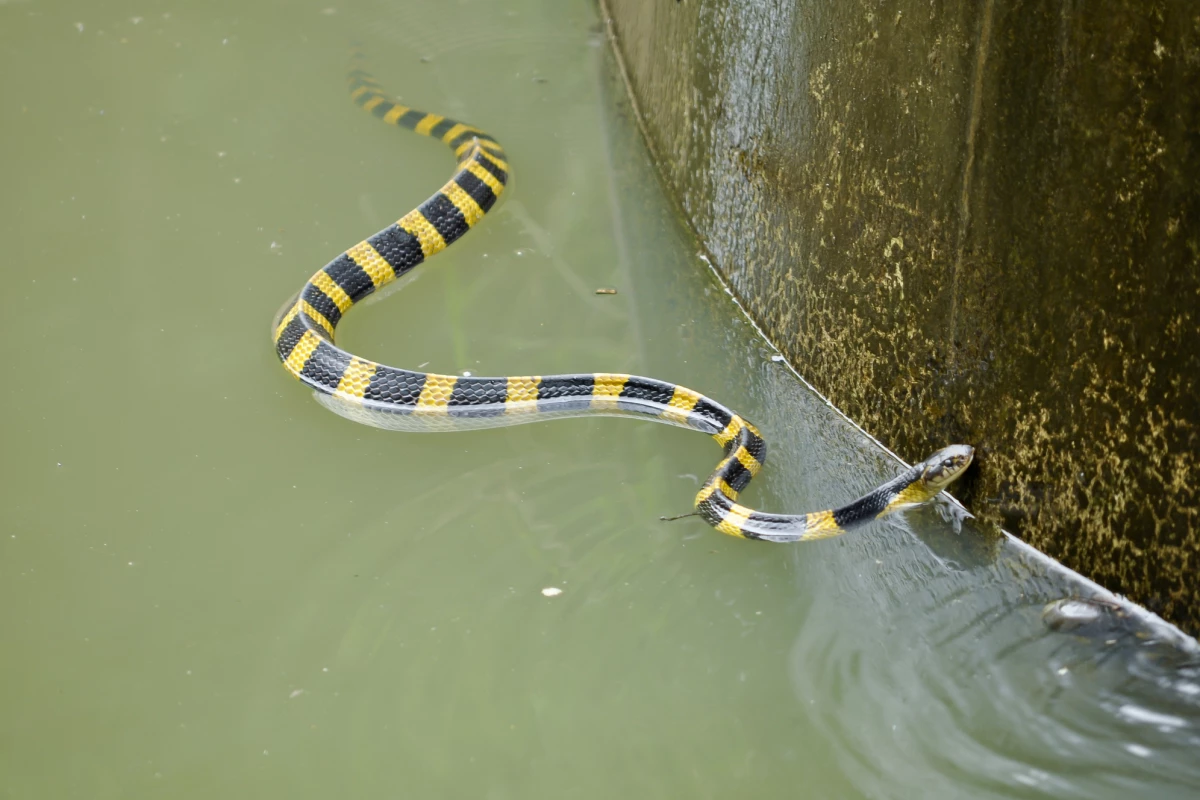When it comes to human interactions with venomous snakes, we tend to think of that venom as something that was "designed" mainly for defense. A new study, however, suggests that it evolved first and foremost as a means of killing prey.
The research was conducted by scientists from Wales' Bangor University, working with colleagues from nearby Swansea University.
Under the supervision of Bangor's Dr. Wolfgang Wüster, zoology student Harry Ward-Smith started by gathering almost 400 online survey responses from reptile keepers, herpetologists, fieldworkers and other people who work with or around snakes. Of the approximately 600 snakebite incidents described, only a small amount were said to have involved immediate, severe pain.
This finding suggests that venom did not evolve primarily as a deterrent. After all, if an animal that was attacking a snake didn't experience any discomfort until considerably later, they likely wouldn't cease the attack, nor would they subsequently associate the pain with the snake. That's why bee stings are such an effective deterrent – they hurt right away.
"Even though we might have expected defending your life to be more important than feeding, it turns out that natural selection for diet does seem to be the main driver of venom evolution in snakes," says Wüster.
That said, a few exceptions to the delayed-reaction rule were noted as deserving further study. The venom that is spit by certain cobras, for instance, does act instantly.
A paper on the research was recently published in the journal Toxins.
Source: Swansea University via EurekAlert




